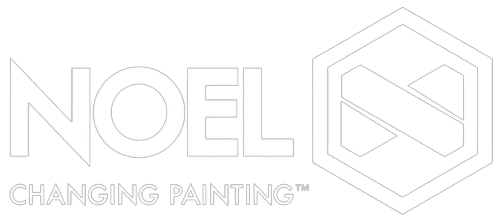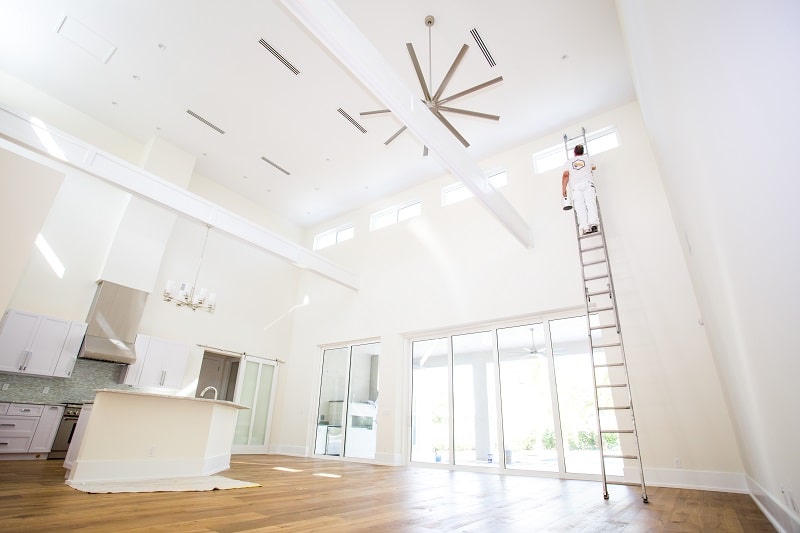Different Painting Techniques to Create Interior Wall Effects
Tired of simple, solid paint colors throughout your home? Well, you no longer have to choose a solid color for an accent wall because a multitude of paint effects (stenciling, distressing, and trompe l’oeil) can be used to add detail or create exciting depth and texture effects on whole interior walls or rooms within your home. With these techniques, you can kiss that boring room color goodbye forever.
Stenciling
Stencils come in all sorts of shapes and sizes. They are normally made from acetate or cardboard and can be either purchased ready-to-use or cut to your liking. When it comes to painting the shape, water-based options dry the quickest and are most user-friendly; however, you can use any paint. When using a stencil, be sure to use a small amount of paint. A small stippling brush can help by lightly dabbing paint into the stencil. You can also use stencil crayons or aerosol paints.
There are many things that you can do to create different effects within the stencil. One is to simply apply a coat of flat color. You can also create a 3D effect by concentrating color around the edge of a design to create a central highlight. If you want to suggest more directional light, apply more paint on one side of the stencil.
Trompe l’oeil (trick of the eye)
As the translation states, trompe l’oeil includes all paint effects that attempt to mimic a different surface. For example, marbling is where paint and glaze create the appearance of marble if carefully applied. Another is making a wall look like old stone when in face, it is just a plaster surface. This type of effect takes a great deal of practice, so we recommend honing your skills on paper before tackling a wall.
Distressing
This may be one of the most popular techniques right now. Distressing creates the illusion of age and can be done in several different ways to include the following:
- Applying glue or petroleum jelly to a surface before painting it is one way to distress a surface. This prevents the paint from adhering to the areas that contain the substance after the painted area is sanded.
- Physically distressing a surface with a hammer is another way to create a patchy, aged look.
- Lastly, you can use crackle glaze or craquelure to create a cracked antique paint or varnished surface.
The local experts at Noel Painting are here to help with any residential painting services. Another Way We’re Changing Painting™.







